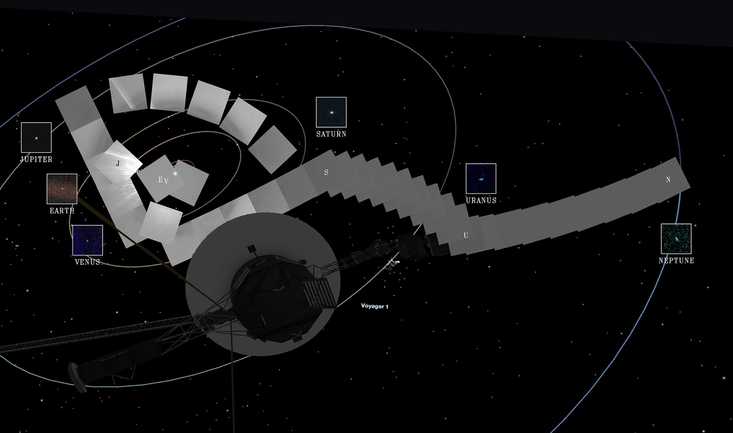How Rabbits Helped Uncover A Mystery About Stone Age Society
A little burrowing led to a massive archaeological discovery. Richard Brown and Giselle Eagle / Wildlife Trust of South and West Wales
Richard Brown and Giselle Eagle / Wildlife Trust of South and West Wales
News that is entertaining to read
Subscribe for free to get more stories like this directly to your inboxWe’ve previously discussed how the latest technology has helped archaeologists discover incredible artifacts hidden in some of the most inaccessible underground locations around the world.
But sometimes, all it takes is a few curious critters to lead experts to some hidden historical relics. That’s what happened recently in Wales.
Digging for the truth
While bunnies are naturally inclined to burrow into the ground, when a group of the fluffy animals did so on the largely uninhabited Skokholm Island, they found more than a cool place to spend their day.
According to wardens on the island, the digging uncovered a trove of evidence reflecting how humans lived between 6,000 and 9,000 years ago.
In addition to a collection of pottery shards dating back to the Bronze Age, the bunnies also helped scientists to identify a pair of tools believed to have been made by Stone Age inhabitants of the region.
Here’s what it means
So what did these tools actually do? That’s what two wardens on the island wanted to know when they found the artifacts. Prehistoric tool expert Andrew David ended up with photos of the objects and reasoned that they were probably used in the construction of rudimentary boats or to prepare shellfish for consumption.
He went on to note the significance of finding such items at that location, explaining: “Although these types of tools are well known on coastal sites on mainland Pembrokeshire and Cornwall, as well into Scotland and northern France, this is the first example from Skokholm and the first firm evidence for Late Mesolithic occupation on the island.”
As for how the bunnies discovered the historically significant spot, archaeologist Toby Driver theorized that the location had been a burial mound that Bronze Age inhabitants built atop a site established by even earlier humans.
 Why Is The Aging Voyager 1 Probe Sending Back Incoherent Communications?
It's been speaking gibberish for a few months and officials are concerned.
Why Is The Aging Voyager 1 Probe Sending Back Incoherent Communications?
It's been speaking gibberish for a few months and officials are concerned. One Woman’s Massive Donation Is Wiping Out Tuition At This Medical School
Her inheritance came with the instruction to do "whatever you think is right."
One Woman’s Massive Donation Is Wiping Out Tuition At This Medical School
Her inheritance came with the instruction to do "whatever you think is right." Woman’s Pets Will Inherit Her Multimillion-Dollar Fortune, Not Her Kids
It's not the first time four-legged heirs were named in a will.
Woman’s Pets Will Inherit Her Multimillion-Dollar Fortune, Not Her Kids
It's not the first time four-legged heirs were named in a will.